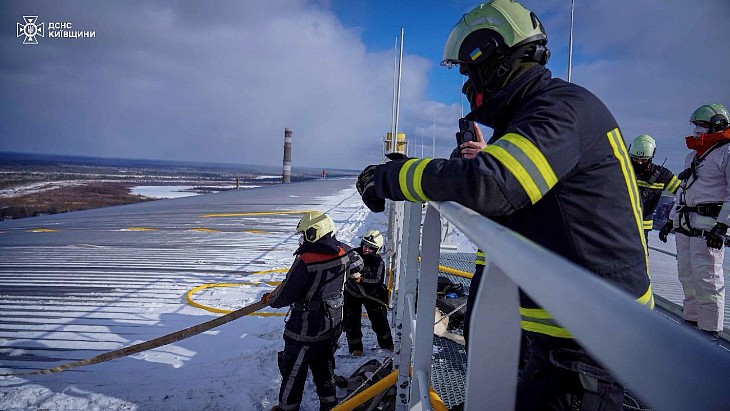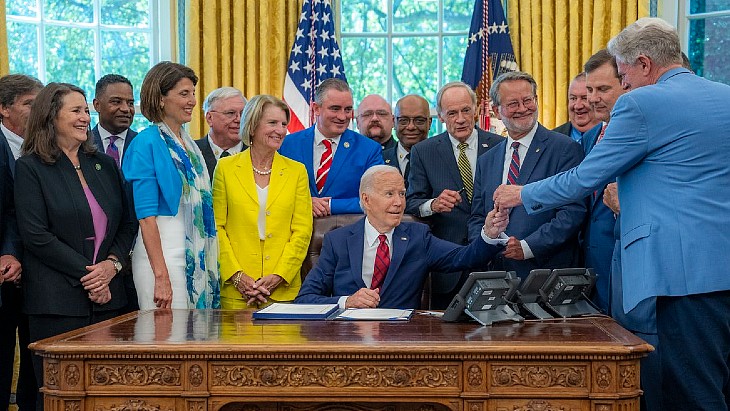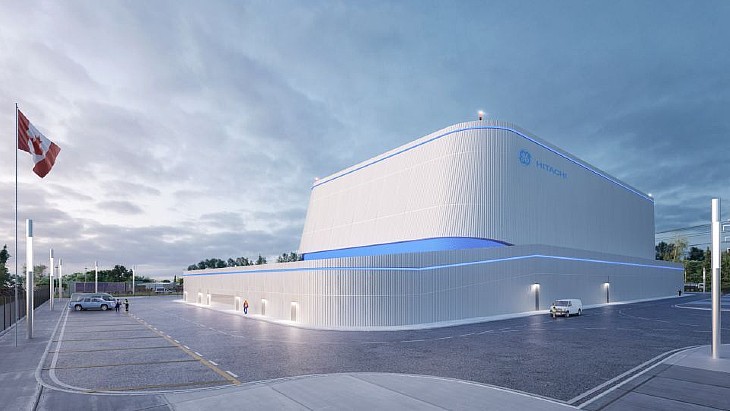IAEA team assesses utilisation of Chilean research reactor
.jpg)
The Chilean Nuclear Energy Commission (CChEN) has operated the RECH-1 research reactor since 1974. This reactor is located at La Reina Nuclear Centre in Santiago. It is a 5MW pool-type reactor using low-enriched uranium fuel assemblies, light water as moderator and coolant, and beryllium as reflector. The main use of the RECH-1 reactor is the production of radioisotopes, mainly for medicine. In addition, irradiation of samples is carried out for chemical analysis and geological material, for purposes of determining age and preparing radioactive tracers.
The IRRUR is a new IAEA review service, developed to assist countries in enhancing the utilisation and sustainability of nuclear research reactor facilities.
At the request of CChEN, an IRRUR mission to Chile took place 4-8 July. Five experts from Belgium, Argentina, the USA, the IAEA and an observer from Peru in advance of the IRRUR mission taking place in Peru in August, joined the five-day mission.
The team identified further utilisation areas and feasible areas of research and development that the reactor can be used for and products and services that it can provide.
"The mission team found that there are many opportunities for expanded utilisation of the RECH-1 reactor," said Nuno Pessoa Barradas, an IAEA research reactor specialist leading the mission. "Therefore, one key recommendation is to develop and implement an outreach strategy for the reactor, as this will greatly help to expand its user community."
Planning for the IRRUR mission in Chile began in July last year, with a preparation mission for the RECH-1 research reactor conducted virtually by a team, followed by a virtual mission in December, due to COVID-19-related travel restrictions. At that stage, the team provided a series of recommendations for the research reactor, one of which - the development of a neutron imaging system - has already been implemented with assistance from IAEA technical cooperation.
"With the new setup, neutron imaging could be more affordable and therefore more feasible for the reactor to develop, which opens new lines of research at the reactor," said Lin-wen Hu, senior research scientist at the Massachusetts Institute of Technology's Nuclear Reactor Laboratory, who took part in the mission.
Following the IRRUR mission, the team concluded that Chile is making progress in strengthening the utilisation of the research reactor. They recommended, among other actions, the establishment of partnerships with stakeholders in the area of medical radioisotopes to identify those of interest for the country and forecast for future needs. The team also recommended initiating a research and development programme based on neutron beams, starting with utilisation of the neutron imaging setup.
An IAEA Operation and Maintenance Assessment for Research Reactors (OMARR) mission was carried out jointly with the IRRUR mission to the RECH-1 research reactor. OMARR missions are designed to assist countries in improving operational and maintenance practices, communications and in-service inspections, and to assist in establishing an ageing management programme towards improving their research reactor availability and reliability while extending the operating lifetime.
"Nuclear sciences and technologies contribute to national development goals in health, environment, water and agricultural resources, energy, mining, industry, among others," said CChEN Executive Director Luis Huerta. "These IAEA missions, with the objective of an exhaustive review of the Chilean nuclear reactor RECH-1, provide the analysis of our capabilities and capacities, in order to improve the operation and maintenance and expand the use and applications of our nuclear facility, especially for new research and development initiatives."
Five more IRRUR missions have been planned for 2022-2023. Following the completed review mission in Chile, three missions will be conducted in countries in Latin American, African and Asia Pacific this year, and two are planned in the USA in 2023.
According to the IAEA Research Reactor Database, 223 research reactors are now in operation in 53 countries, and 24 new research reactor programmes are under planning and development.










_50521.jpg)

